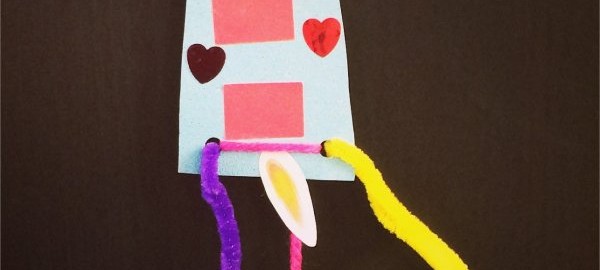This week in Literacy class we covered reading. Did you know that 130,000 children in the UK every year leaving primary school not reading as well as they should? We learnt about letters and sounds. It was explained that our school teaches reading by using phonetics. That it is really important that we make the right sounds when talking to our children and helping them to sound out words. We covered blending, digraphs (2 letters together that make a single sound, these can be at the beginning, middle or end of a word), trigraphs (the same but with 3 letters), split diagraphs (known to most adults as the magic E). We also covered the Year 1 Phonics screening test and tricky high frequency words.
Activities to help aid reading
Making the link between letter sounds and shapes – by point them out when you see them in the environment. Our Sensory Seeker recognises the letter M for McDonalds – but then thinks that the M in Morrisons is also McDonalds! We are currently explaining to him that they are different colours. If your child struggles to blend sounds then say the sounds yourself slowly. Flashcards are good for teaching tricky high frequency words. I show him on one page and say what the word says and show my Sensory Seeker the same word on another page so that he can see (visually) that they are the same – and ask him what it says. Reading, reading and more reading. Let your child pick their favourite books – they are easier to engage if they are interested. Teach them to write – then they will learn the letters shapes – and if you say them at the same time they will learn the sounds. It is important to let them talk about the book – and don’t worry if they guess the words. We did an exercise where we “guessed” what some of the missing words would be. This showed us how we rely on grammatically rules, the story etc to fill in the blanks.
Letter Game
All the children picked a letter and then they had to think of a food beginning with that letter. For each food the children got that was unique (no other child had it) they gained 2 points, and 1 point if another child had it. Our Sensory Seeker struggle with this a bit. I think a good idea for him would be to have pictures of food so that he could match the picture with the letter.
Bookmarks
Then the children made their own bookmarks. This was really good for fine motor skills, as well as to help encourage a love of reading. I was really proud of our Sensory Seeker’s bookmark – I only made the holes (with a hole punch) for him – and he did the rest.


It’s so important that children are helped to learn to read to the best of their ability – I know from my little boy the difference it made when it finally clicked in to place for him. His confidence doubled and he was a different child!
What great tips and a fab collection of other useful posts x
Brilliant tips thank you ~ I will pass these onto school.
Teaching your children to read and get joy from it is the greatest gift of all.
My youngest is autistic and having Speech & Language therapy right now so I’m learning how the sounds break down into digraphs and trigraphs. At first I got disheartened when she’d manage to touch her tongue behind her top teeth to make an ‘L’ but couldn’t seem to make the jump to saying “Lily” – her therapist explained I was making a leap too far and now I can see we really are making progress.
And yes, can’t emphasise enough the importance of reading together, and clear enunciation of words. A great post and collection of relevant links.
Reading is my favourite thing to do with my eldest. Its our little bonding time 🙂
Really good suggestions and another great set of useful posts to dip into.
Such great tips and collection. So many helpful ideas!
I never learnt phonics at school so it’s something I’ve had to read about myself to help my daughter when she started reception.
I agree. Reading is so important and this is a great post with some fab ideas.
What a cute bookmark and great information about literacy! Love your link-up!
Syd is just starting to show an interest in reading, he knows all his letters and is starting to recognise simple words like ‘no’. Some great tips and will check out some of those linked up too!
Great tips. It is shocking that we fail so many children. It shouldnt be allowed
Reading is a great activity that broadens a child’s vocabulary. Your tips are good.
We are just starting out on our reading journey, and am already learning so much myself as I lead my 3 year old on it.
I love the idea of making bookmarks – a great way to encourage them to pick up their book again to see it!
What a great list of fantastic activities! I will have to look through them for some ideas for half term fun